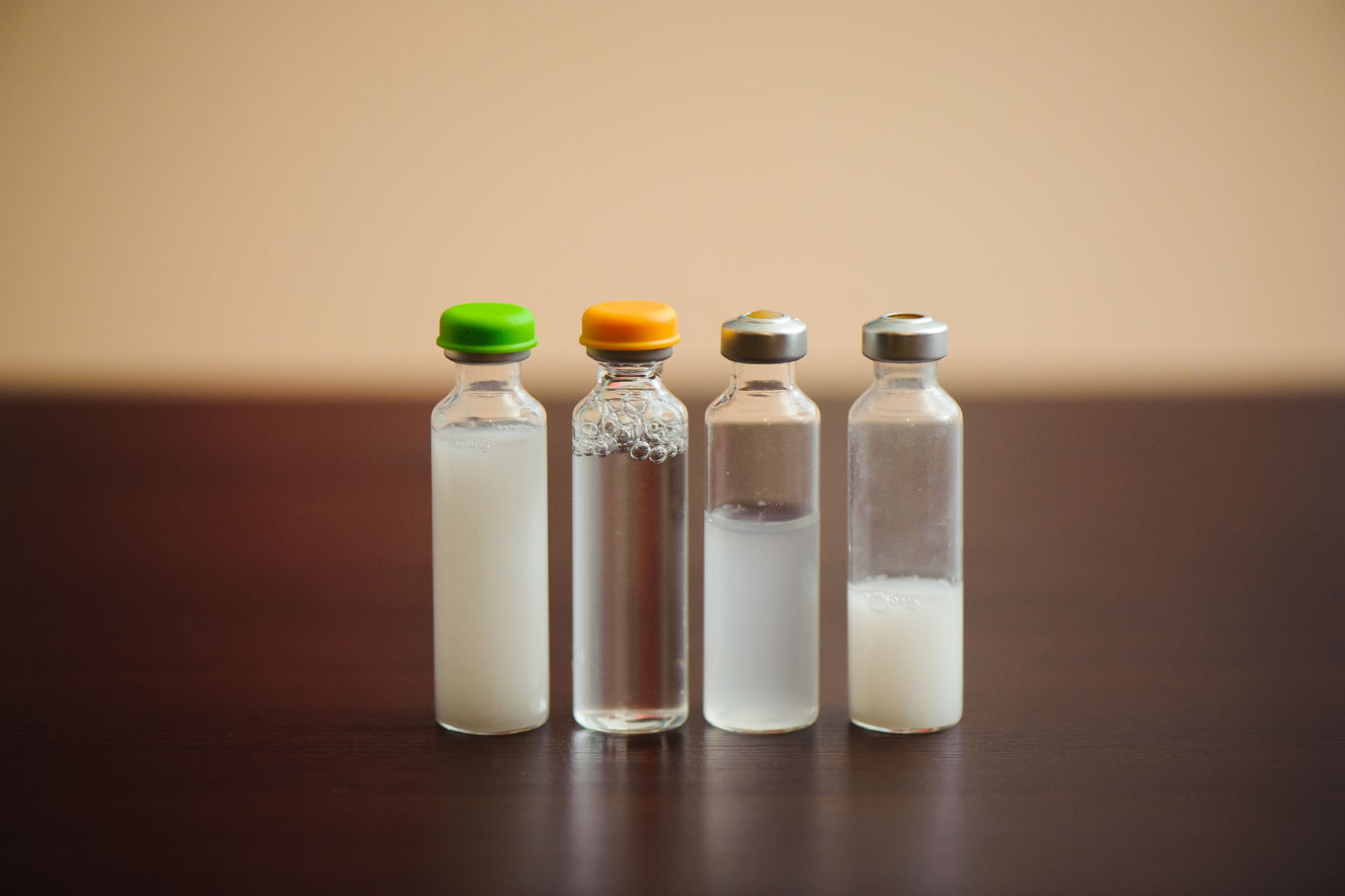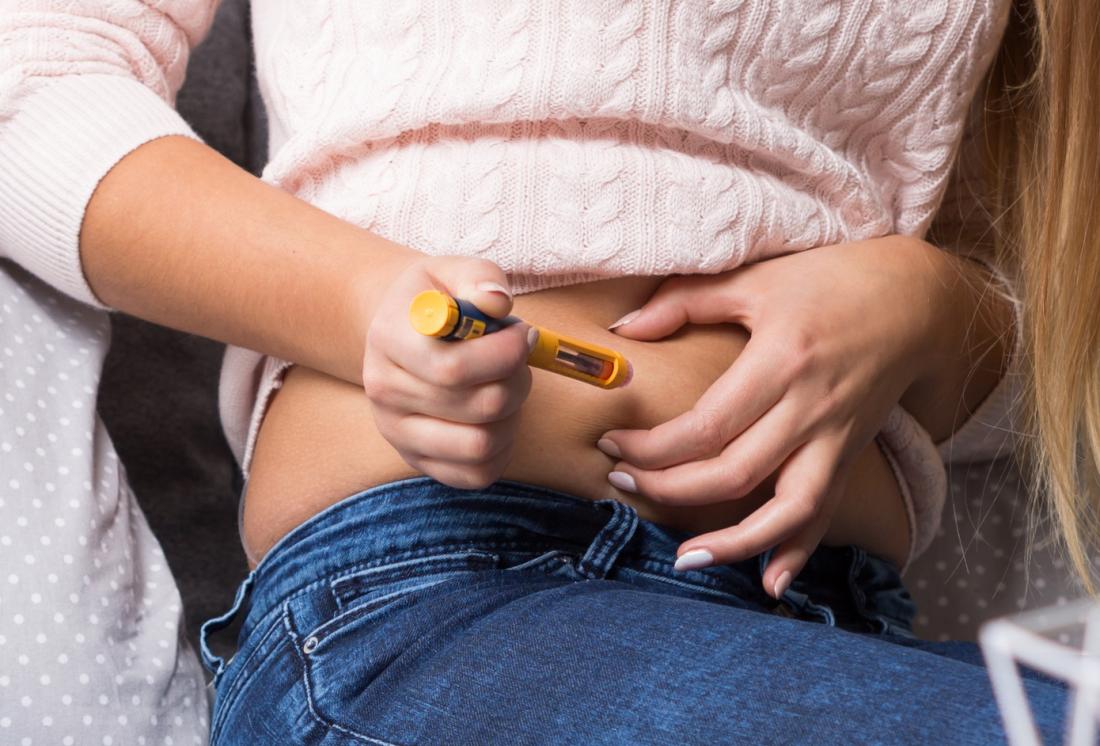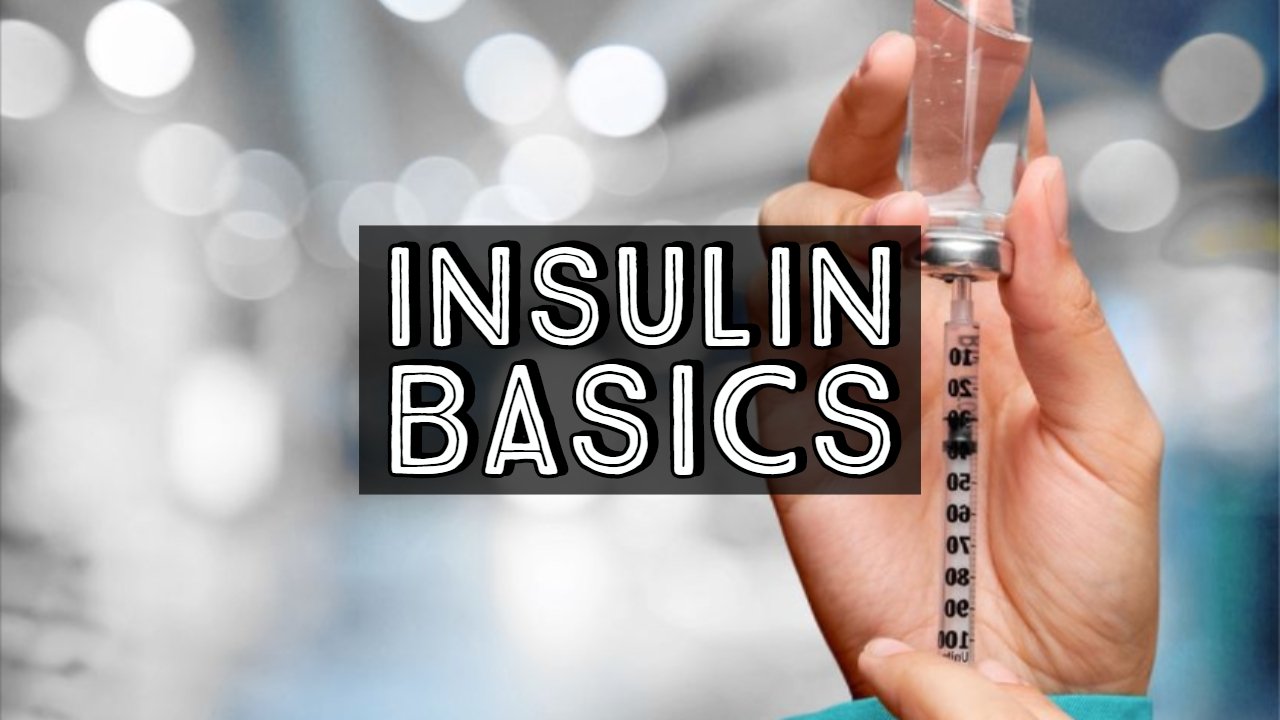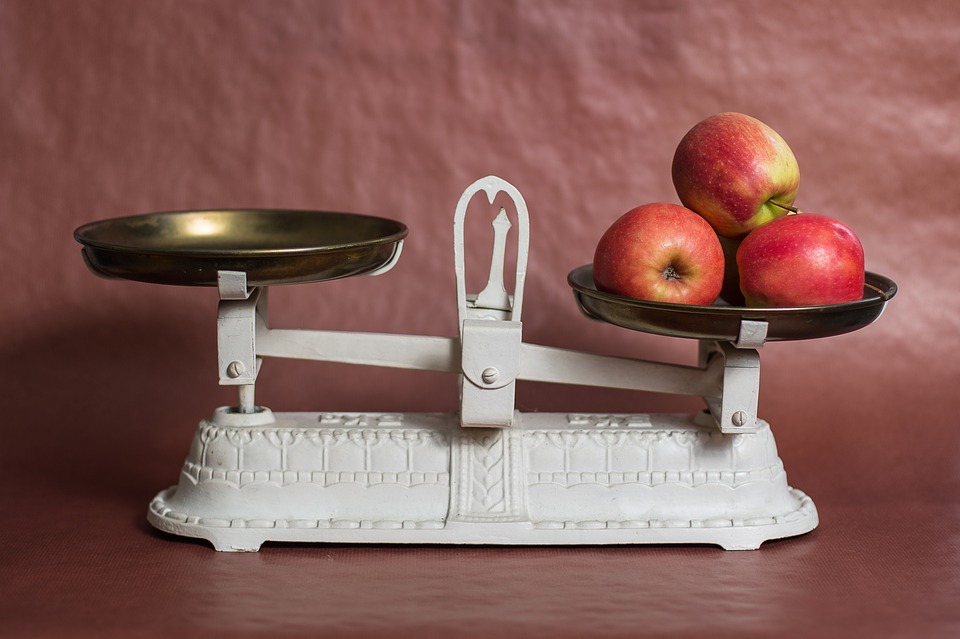Today, we will tell you about what is the Importance of insulin in diabetes?
What types of insulin are available?

Super long-acting insulin: Duration of action is about 40 hours Example: insulin Tresiba
Long Acting insulin: Duration of action: 20-24 hours Example: Lantus, Levemir
Intermediate-acting insulin Duration of action: 12-18 hours Example: NPH
Short-acting insulin Duration of action: 4 to 6 hours Example: Humalog, Novolog
How to use an insulin pen?

Check the expiration date to make sure it is not expired Store it in the fridge, but not the freezer. Once you start to use a pen, keep it in room air, and toss it after 28 days.
- Check the liquid in the pen to make sure it is clear
- Prime the pen by pushing out 2 units in order to squeeze out the air
- Select dose and inject in your stomach, hip, thigh or upper arm.
- Keep the needle in for 5 seconds
- Rotate injection site every time so insulin will be well absorbed
How to adjust the dose of long-acting insulin?
- Check blood sugar before going to sleep and check blood sugar when you wake up (do not eat anything at night)
- Compare these two numbers for a few nights
- If blood sugar in the mornings is mostly higher than blood sugar at nights, increase the dose of basal insulin by 15%. If blood sugar in the mornings is mostly lower than blood sugar at nights decrease dose of basal insulin by 15%
Important points:
- Make sure you check it a least few days before making the change in dose, as blood sugar can fluctuate from day to day
- If you took short-acting insulin to correct high number at night, then the comparison is no longer useful because you do not know if the overnight change in blood sugar is because of the short-acting insulin
How to adjust the dose of short-acting insulin for meals?
Carb ratio
The best way to adjust short-acting insulin is to use carb ratio. Therefore, you need to learn how to count carb first. Example: carb ratio of 1:10
- Check blood sugar right before a meal and 4 hours after a meal (assuming you spend less than 1 hour eating the meal), and check for a few meals
- Compare these two numbers
- If blood sugar is mostly higher before a meal than 4 hours after a meal decreases the dose of short-acting insulin If blood sugar is mostly lower before a meal than 4 hours after meal increase the dose of short-acting insulin
Important points:
- Always check for a few meals before making a change to insulin.
- Carb ratio could be different among breakfast, lunch and dinner.
How to adjust short-acting insulin for a sliding scale?
How to determine the right sliding scale?
Divide 2000 by the total amount of insulin (short-acting plus long-acting) you normally use for 24 hours
Example:
If you normally need 20 units of Humalog plus Lantus to get blood sugar controlled – 2000/20=100 – sliding scale should be 1 unit of Humalog for every 100 points of blood glucose above 150
Important points:
- If your blood sugar is higher than 150 before a meal, you should add the sliding scale does to meal dose. (3 units according to carb ratio and 4 units according to sliding scale, then you should get 7 units)
- Always wait for at least 4 hours before getting another dose of short-acting insulin so you don’t get hypoglycemia!



